Nature Trip Blog
Taiwan Recon: Islandisms
Island or “Insular” Biogeography is a theory and field of study that examines the phenomenon of species richness and diversity in isolated natural communities. The theory, conceived by ecologists Robert H. MacArthur and E.O. Wilson in the 1960’s, proposes that immigration and extinction determine the number of species in an island habitat and that surviving immigrant species may follow different evolutionary routes due (primarily or in part) to the new biological environments they find themselves in. A famous example is Darwinian Finches of the Galapagos Islands.
This phenomenon is expressed beautifully on many of the thousands of islands of the Pacific and we have found Taiwan a most excellent location to consider it while enjoying the fabulous birds and other wildlife there.
The 2014 checklist from the Bird Records Committee of the Wild Bird Federation of China accepts that Taiwan (at less than 1/10th the size of California), has recorded 626 bird species, 20 of which are endemics. (Continental California has 1 endemic or 2 if you count the Island Scrub Jay). By Asian Island standards that is not all that impressive – neighboring Philippines with their many tiny islets boasts over 200 endemics – and growing! What is impressive however is the “absolutely gorgeous” factor of many of these birds and the relative ease of seeing them while simultaneously experiencing a fascinating culture, both ancient and ultra-modern. On a reconnaissance visit in March of 2015 to prepare for The Golden Gate Audubon Society “Birding Formosa” tour (see “Birding Formosa” October 2015 in Mega Trips) we detected all but one of the Taiwan endemic birds and most of the 56 endemic sub-species.
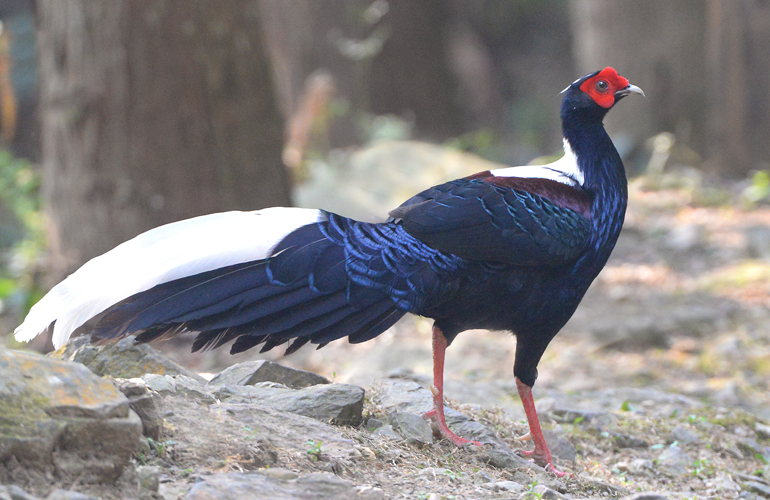
Common names of uncommonly beautiful birds:
As on many other islands, the common names of Taiwan’s endemic birds are often simply preceded by the current island name itself as in the Taiwan… Partridge, Barbet, Cupwing, Bush-Warbler, Fulvetta, Yuhina, Hwamei, Barwing and last in order but not least, the ultra-rosy “Taiwan Rosefinch” a.k.a. “Rosyfinch”.
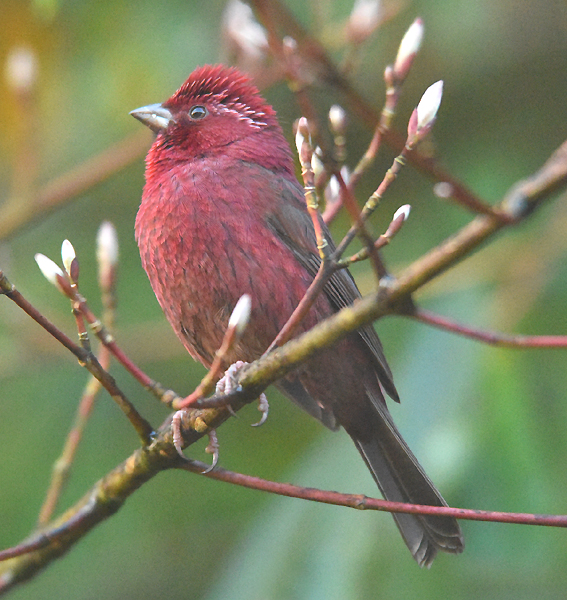

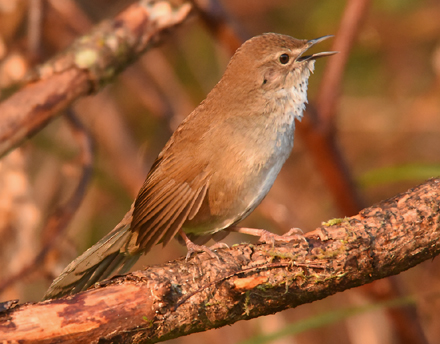

In some cases, the popular former name bestowed on this lovely sub-tropical locale by early Portuguese Sailors “Isla Formosa”, meaning the “beautiful island” is used, as in: the sweet singing Formosan Whistling Thrush or the fabulously blue Formosan Magpie.
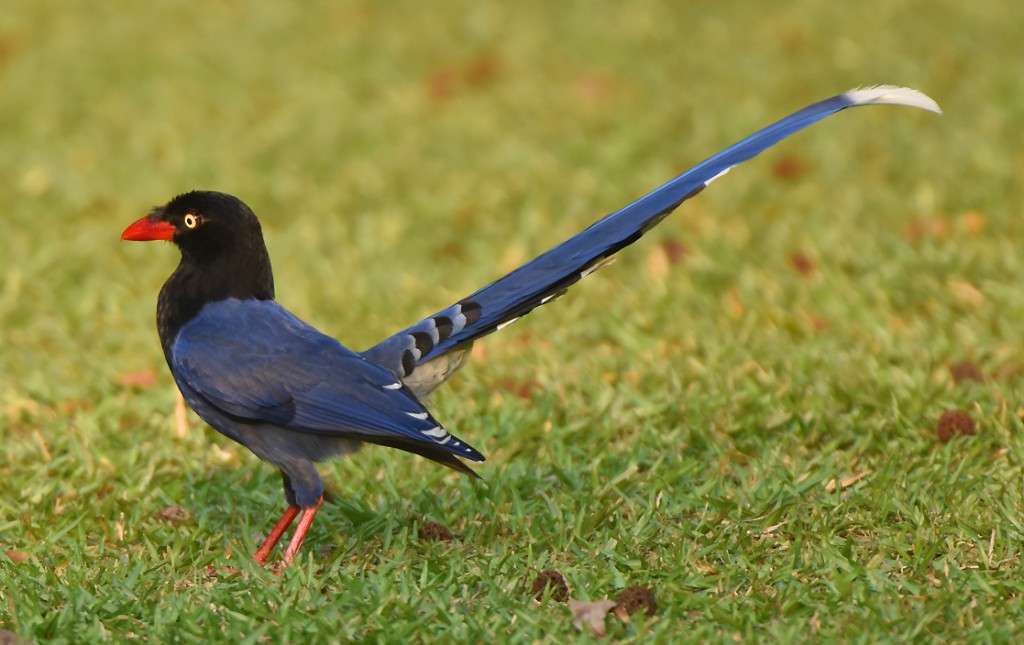
The third name:
It is arguable that most, if not all isolated populations, of immigrant creatures are in the process of “speciation” (becoming a new species). This speciation is due to the differences between the new environment they survive in as compared to the environment of their ancestral population. Given enough time, they evolve enough that they may no longer be selected (or even be able) to breed with members of their ancestral population. It may not take much: a slight change of song or a change in habitat preference may be enough for a male to not be selected by a female or, in rare cases, visa-versa. Of course the rate of these physiological changes depend on a myriad of conditions and are linear in fashion. To help sort things out species without readily identifiable sub-populations (genetically or otherwise) are given a scientific binomial name. This consists of the genus (often shared by other species with a common ancestor) and a species (specific) second name. Populations within a species who exhibit consistent morphological differences from other populations of the same species, generally as a result of geographical isolation, earn a third, or trinomial name, referred to as the sub-species name.
One of the more entertaining, confusing and at times frustrating elements of assembling a list of birds you want to study or have detected on a trip is that not all authorities are in agreement at any one time as to what the common name should be or when a species deserves full species status or even sub-species designation. This is especially true of islands and other isolated populations. Scientific names are the most informative and for birding Taiwan we use multiple field and reference guides. Primary among the resources is the most recent designations listed by the Bird Records Committee of the Wild Bird Federation of China.
Of course these rather academic differences (brain candy or annoyances depending on your perspective) tend to become distant when you are experiencing the bird up close and in real life. Here are a few photos of bird species from our most recent trip to Taiwan realizing the process of speciation:
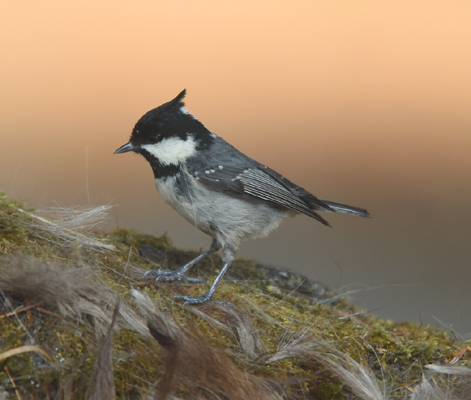
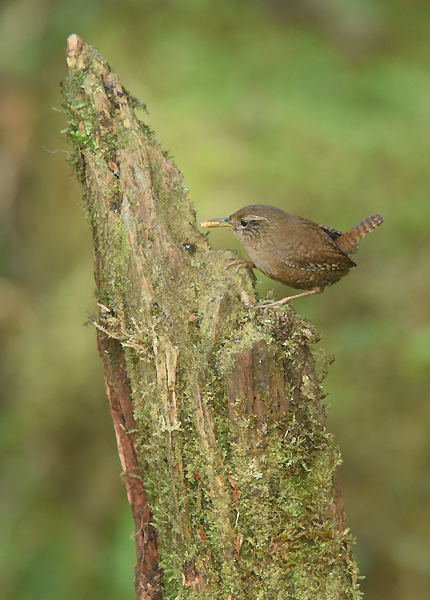


Sorry, comments are closed for this post.